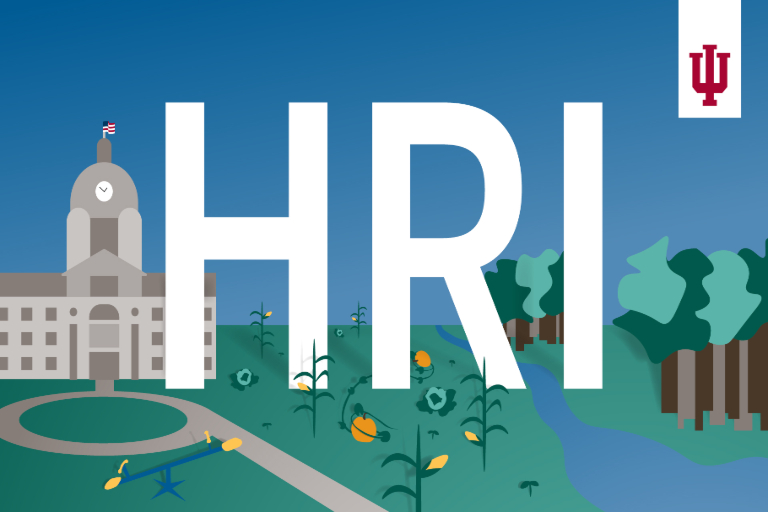It’s been said that change is the only constant in life. Now users of the Hoosier Resilience Index (HRI), an online tool to help Indiana local governments and residents understand how their communities are vulnerable to climate change, can view recent environmental changes in near real-time.
Through a partnership with satellite imagery company Planet, the HRI website – open to everyone – now provides weekly snapshots of the Indiana landscape. The images, captured at 3-meter resolution, are the result of camera-equipped miniature satellites orbiting the Earth.
With this new capability, Index users can access current satellite imagery for every city, town, and incorporated area in the state of Indiana. Imagery of unincorporated parts of the state is updated on a quarterly basis. The new feature gives local governments and other HRI users the ability to see current community vulnerabilities to climate change, such as new development in a floodplain.
“There are other existing aerial photography open datasets with higher resolution available for Indiana,” said Justin Peters, the ERI data manager. “While that imagery is great, it is often several years old and individuals viewing the images are unable to see environmental changes that have taken place since then. With weekly imagery, HRI will be one of the few resources where Hoosiers can go to see recent satellite images of their community.”
ERI launched the Hoosier Resilience Index in 2019 to help local governments anticipate and plan for climate change impacts, such as heavy precipitation and high heat days. These impacts are expected to become more severe in the coming decades, placing Hoosiers’ health and way of life at risk.
The Index draws from a wide range of federal and state datasets — including information supplied by the Indiana Climate Change Impacts Assessment, the U.S. Census Bureau, and the Environmental Protection Agency. It is the first state-specific tool to package climate change information for local governments in this way.
Planet satellite imagery gives HRI users even more relevant data to plan ahead.
“Changes are constantly occurring across Indiana’s landscape, and now anyone on the internet can see it first-hand, from above. From urban sprawl to infill development, local governments and residents can visualize environmental change using these weekly aerial snapshots. I am especially excited about the ability to layer maps of socially vulnerable neighborhoods and the floodplain over this imagery within the user-friendly HRI tool. Local governments will obtain a better understanding of their community’s environmental and climate vulnerabilities with this up-to-date information,” said Andrea Webster, the ERI implementation manager.
The enhanced maps can also help local governments complete the HRI readiness assessment, a comprehensive evaluation tool to help communities identity and prioritize actions to prepare for the impacts of climate change.
Are you an IU researcher interested in using Planet data?
ERI’s licensing agreement with Planet allows the institute to share access to satellite imagery maps with IU faculty and students to support environmental research. Contact ERI Data Manager Justin Peters (jppeters@iu.edu) for more information.





